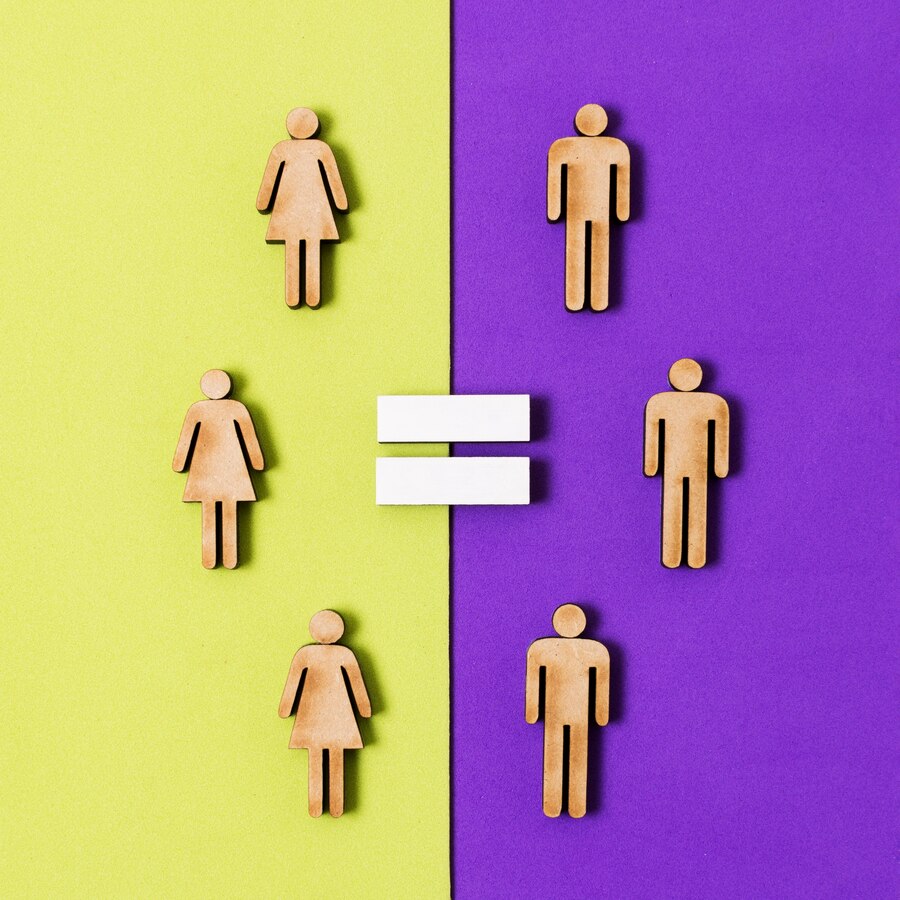Highlight 34/2025: What Can We Learn from the Evolution of UN Gender Policy?
Krithi Gurajada, 23 July 2025

The evolution of gender policy within the United Nations (UN) system has been marked by critical turning points, shifting from rhetorical commitments to more measurable, intersectional, and inclusive approaches. The United Nations Office at Geneva (UNOG), as a key hub for multilateral diplomacy and institutional coordination, reflects this transformation. By examining the broader trajectory of UN gender policy through UNOG’s lens, one can better understand how internal mechanisms, advocacy movements, and international agendas have shaped meaningful change.
Initially, UN gender policy – particularly in the post-World War II era – focused mostly on legal equality. The adoption of the Convention on the Elimination of All Forms of Discrimination Against Women (CEDAW) in 1979 laid a formal foundation, focusing on state accountability for gender equality. But despite that solid legal foundation, progress was slow. Institutional follow-through was weak, and enforcement mechanisms were lacking.
Things began to shift meaningfully in 1995 with the Beijing Declaration and Platform for Action. This global framework widened the lens, moving beyond legal rights to tackle issues like socio-economic empowerment, female representation, and structural barriers. At UNOG, this was a time of deeper engagement. The Office of the Director-General, through its gender focal point network, supported vital dialogues and monitoring progress across the UN system. Still, while the vision was clear, turning policy into practice remained a challenge.
Fast forward to 2015 and the adoption of Sustainable Development Goal (SDG), particularly Goal 5, which put gender equality at the heart of development, peace, and global governance. Unlike earlier frameworks, SDG 5 took a more holistic and measurable approach. It embedded gender equality across all goals, promoting data-driven policy and intersectional awareness. This was a turning point not just for global policy but also for institutional behaviour within the UN. At UNOG, this translated into concrete gender-sensitive practices, such as gender parity tracking, gender-responsive budgeting, and inclusive programming.
Then came a cultural wake-up call. The global #MeToo movement, though not born within the UN, reverberated loudly across its institutions. Policies around sexual harassment were revisited, whistleblowers strengthened, and leadership became more intentional about inclusivity (UN Secretariat, 2019). At UNOG, this meant awareness campaigns and workshops that weren’t just ticking boxes — they reflected a real shift in how the workplace functioned. More recently, the UN has started to better recognise gender in all its forms, not just the binary. There’s growing awareness of how gender identity and sexual orientation intersect with broader rights. As host to the Human Rights Council and other key bodies, UNOG has been central in advancing this broader inclusivity, especially through its collaboration with civil society and LGBTI+ advocacy networks (OHCHR, 2021).
This evolution highlights that effective gender policy requires more than declarations; it demands internal alignment, systemic reform, and continuous engagement with social movements. UNOG’s role as a node of both administration and diplomacy allows it to embody the institutional changes promoted across the UN system.
Krithi Gurajada, Highlight 34/2025: What Can We Learn from the Evolution of UN Gender Policy?, 23 July 2025, available at www.meig.ch
The views expressed in the MEIG Highlights are personal to the authors and neither reflect the positions of the MEIG Programme nor those of the University of Geneva.
